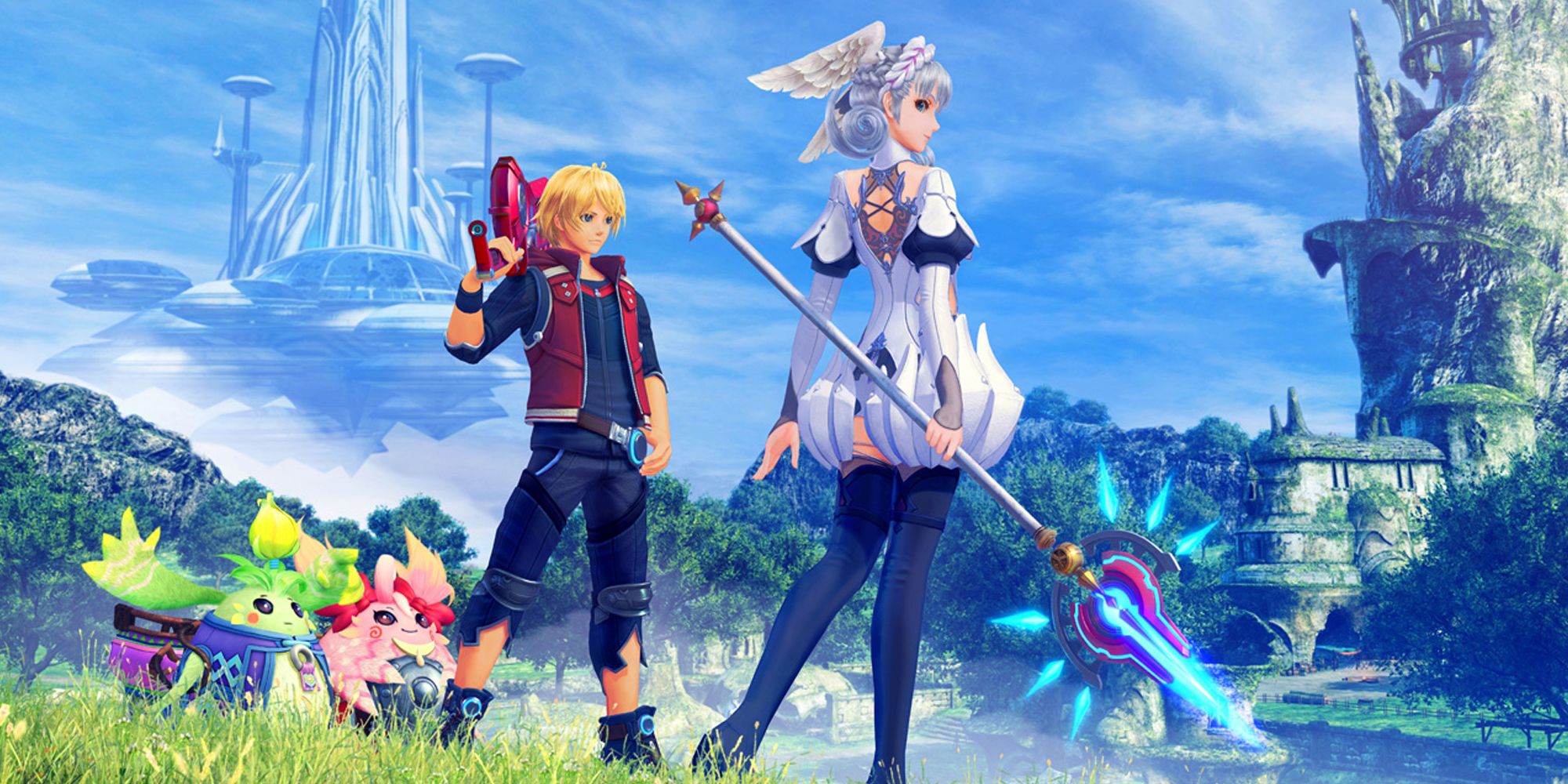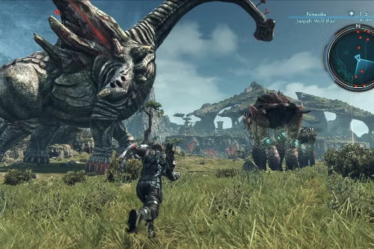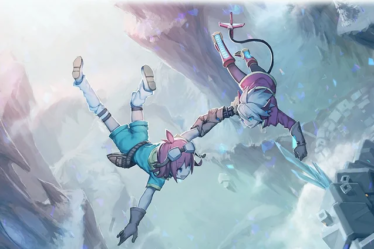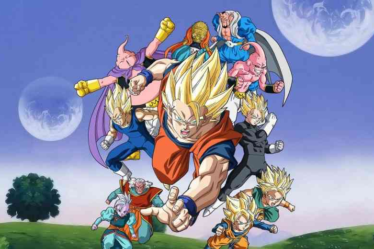
This article was originally published in Italian on GeekGamer.it in 2020.
Understandably eager to capitalize on the success of Xenoblade Chronicles 2, the Monolith Soft team returned to work on the series’ first installment. Originally released in 2010 for the Nintendo Wii, Xenoblade Chronicles Definitive Edition is essentially the ultimate version of Nintendo’s acclaimed exclusive, which only made it to the West thanks to the mobilization of thousands of players worldwide through the Operation Rainfall initiative, after the European branch of the company expressed interest in localization while the U.S. branch remained indifferent.
Remaster or remake? There’s little debate on the matter: the game has been polished by the passionate hands of its original developers, but formally, it doesn’t stray too far from what was seen on Nintendo’s motion-control-focused home console. While the New Nintendo 3DS port was more of a brute-force technical showcase meant to accompany yet another revision of the Japanese handheld, Definitive Edition is a more thorough revision that fortunately addresses the shortcomings of the original game without reshuffling the deck too much.
Xenoblade Chronicles was an unusual JRPG for its time, and even today, the series boasts some rather unique characteristics: inspired by the gameplay mechanics that typically dominate MMO titles, Tetsuya Takahashi’s (Final Fantasy VI, Xenogears, Xenosaga) latest creation decisively moves away from the linearity of cinematic RPGs celebrated for their high production values—both from Square Enix and from his own past works—to immerse players in vast, atmospheric, and explorable worlds where the social fabric can be influenced through basic interactions and side quests. While the spotlight is thus placed on an exploration-focused formula blessed with ambitious level design and an artistic direction that, more than a decade later, remains practically unrivaled or inimitable—ironically rivaled only by its own sequels—the philosophical themes and Gnostic influences so dear to Takahashi and his wife Soraya Saga make a subtle return, remaining in the background rather than being explored in depth as one might expect from a creator of this caliber. After all, as the story progresses, it becomes clear that Takahashi’s involvement in the writing is far more limited than the gaming press tends to claim.
Xenoblade Chronicles should not be seen as a spiritual successor to Xenogears or Xenosaga; in fact, its very game structure is the polar opposite of the Japanese writer and designer’s past failed projects, to the point that, looking back, it almost feels like he regrets their nature. And yet, beneath an extremely traditional narrative framework—though not without twists and turns—one can perceive an undeniable sensitivity and deep respect for the heroes at the heart of his storytelling. It’s almost incredible to think that characters as carefully and delicately written as Fiora or Melia mark the starting point of a series that has since resigned itself to chasing the most embarrassing tropes of Japanese animation when it comes to female representation.
Definitive Edition introduces an additional scenario titled “Future Connected,” accessible from the very beginning of the game to immediately offer something new to fans already familiar with the original story. This scenario takes place after the conclusion of the main campaign in an area that was unused in the Wii version but present in the game’s code. It features some minor gameplay tweaks and sees the return of the male protagonist alongside the regal Melia, essentially serving as a way to patch up the conclusion of her storyline, which even the creators themselves deemed unresolved and, perhaps, a bit too rushed in its final execution. In this roughly ten-hour-long additional chapter, two new supporting characters make their debut—despite being, in pure gameplay terms, clones of previous party members—but their innocence provides a clever narrative device that allows players to glimpse the future of Xenoblade Chronicles’ world through the eyes of the new generation. There’s nothing here that meaningfully ties the game to its sequel (despite the title “Future Connected” suggesting otherwise), though it’s possible that the concepts introduced in this scenario might play a role in a potential—and frankly inevitable—third entry in the series.
As for the remastering effort, the artistic direction has been revisited with new 3D character models, which somewhat diminish the unique blend of low-poly geometry and watercolor textures seen in the original—though, as the developers themselves admitted, the old models weren’t exactly pleasant to look at. This new graphical style, chosen for the main character models, is unfortunately not on par with Kunihiko Tanaka’s excellent character design work in Xenoblade Chronicles 2. However, it aligns with the anime-inspired aesthetic that fans of the successful sequel appreciate, without suffering from the same overwhelming mishmash of influences from multiple character designers.
This re-release for Nintendo Switch features dual-language voice acting and the option to choose between the original soundtrack or a newly recorded version. In both cases, the synergy between Yoko Shimomura, Yasunori Mitsuda, Manami Kiyota, and the musical group ACE+ is of such high quality that disappointment is hardly an option (am I the only one who senses a Danny Elfman influence here?). Leveraging a dynamic resolution, Xenoblade Chronicles Definitive Edition achieves a solid 30 fps frame rate, but in both docked and handheld modes, the visual quality suffers from the same issues Digital Foundry identified in the sequel. It’s hard to place all the blame for this disappointing outcome on Monolith Soft, especially when Xenoblade Chronicles X already demonstrated that the only real bottleneck for these nearly unrivaled JRPG overworlds is Nintendo’s hardware. In handheld mode, players may occasionally find themselves looking at scenes rendered at 378p (for reference, the 3DS version ran at 240p). Nonetheless, my 70+ hour playthrough on a 50-inch 4K OLED TV convinced me of the validity of this remaster, thanks especially to polished cinematics, more detailed environments, and a new lighting system that makes every nighttime excursion into Gaur Plain a true visual spectacle. The technical limitations are evident, but then again, the same can be said for any open-world game ported to Nintendo’s hybrid console.
Lastly, I’d like to emphasize that, given the significant improvements in quality-of-life options and UI design, Xenoblade Chronicles Definitive Edition is the one and only version of the game truly recommended for anyone looking to experience Monolith Soft’s massive universe and the craftsmanship of its level designers. While the inclusion of accessibility features for those in a hurry, new cosmetic customization options, and a system for lowering character levels for a greater challenge are nice additions, the game remains mechanically the same as it was ten years ago, with all its strengths and weaknesses. However, at the very least, its overwhelming number of repetitive MMORPG-style fetch quests can now be tackled with the help of an interface that finally highlights quest locations effectively. If the new content additions primarily cater to die-hard fans and curious newcomers, the refinements to what was already promising only serve to sweeten the deal.


